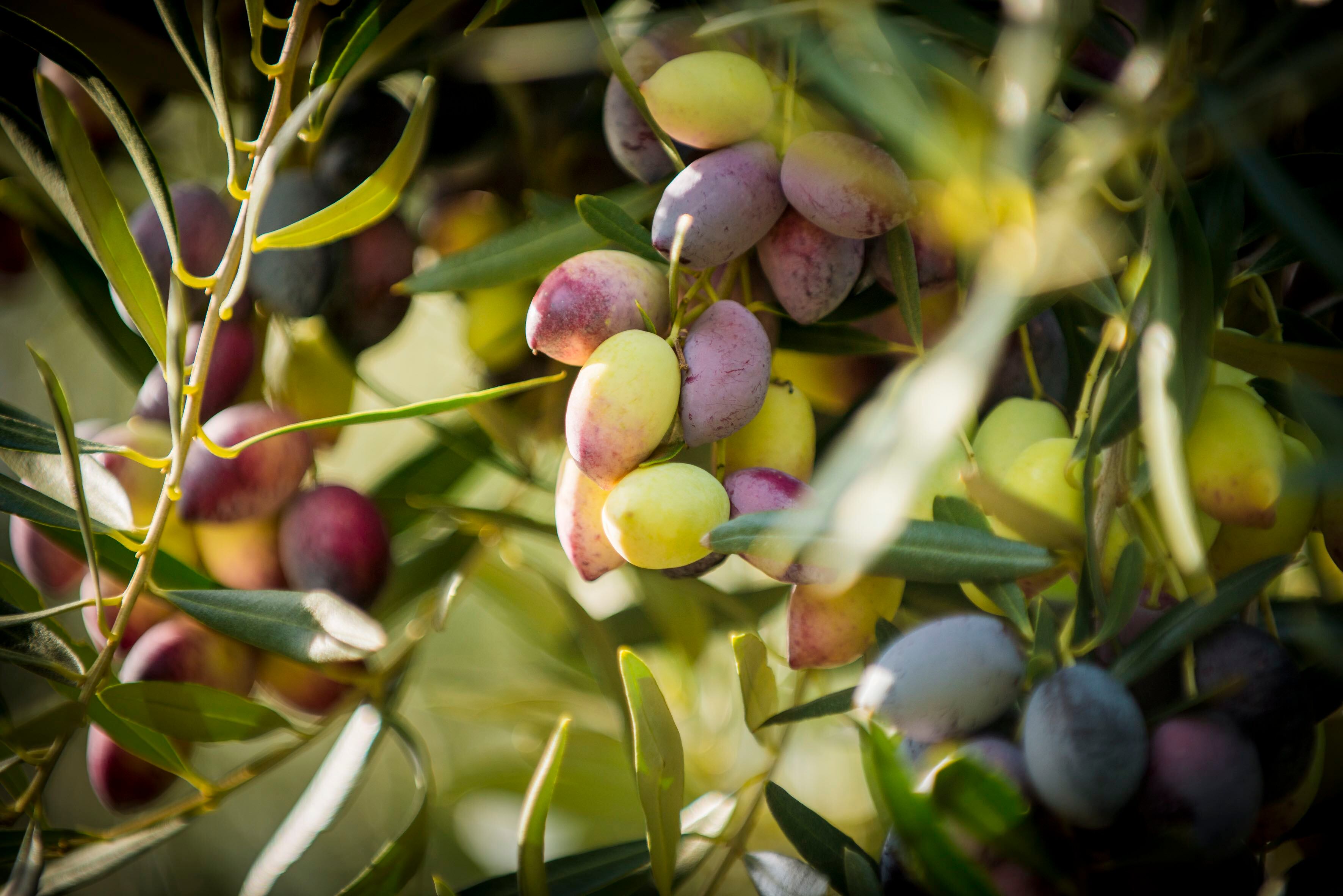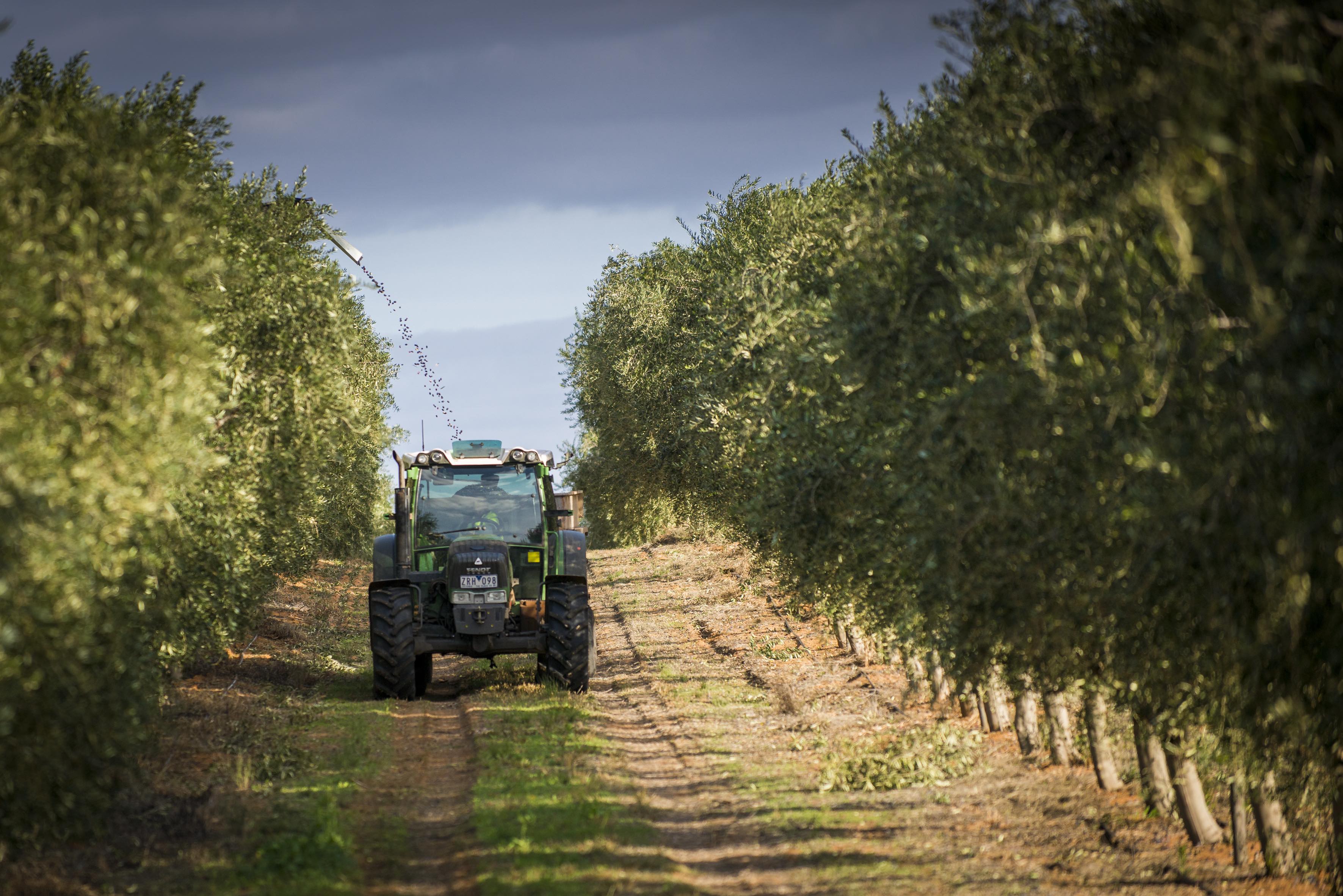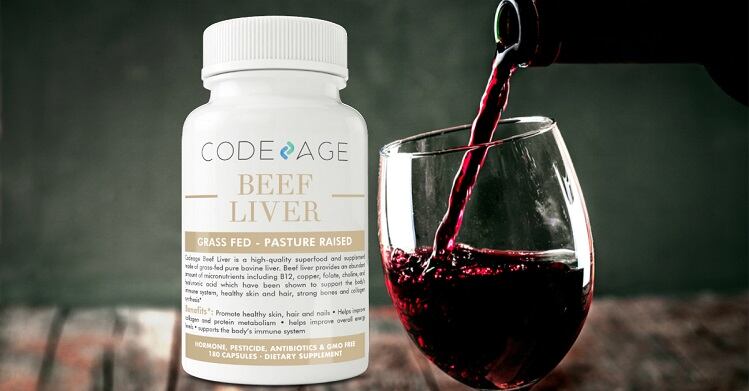The company will highlight its line of olive leaf extracts in the North American market with a first time participation at the upcoming Supply Side West trade show in Las Vegas, NV. The company is emphasizing a story of supply chain transparency with a farm to bottle message on its extracts. The company believes its vertical integration means it can offer higher quality extracts than some on the market.
“We make most of the olive oil produced in Australia,” said Rachel Kreider, Boundary Bend’s new manager of business development.
Finding value in left over materials
“We had all this stuff left over from the output of the oil. We had pits that could be milled down to use as an exfoliant in cosmetics. And we had all the leaves on the trees, with all of the bioactives in them,” she said.
Boundary Bend has an olive tree plantation in the province of South Australia as well as a smaller growth in California. The company has developed a harvest method that brings fresh leaves to its extraction facility in a matter of hours, rather than shipping dried product long distances where it might sit in a tote in a warehouse for weeks. Important volatile compounds are preserved in the process, Kreider said.
“The company pioneered a proprietary extraction technique,” Kreider said.
Production system designed from ground up

Some olive oil producers, especially in Southern Europe, like to tout the ancient nature of their groves. Some trees are hundreds of years old and still producing.
Kreider said that’s an attractive message. But what Boundary Bend can bring to the table as a younger producer is a ground up, scientifically laid out strategy for producing a consistent botanical product.
“Our founders met in agricultural school in Australia, and they realized the climate was ideal for olives,” Kreider said. “We have scientific method to make our trees super healthy. We propagate all of our own trees from our own cuttings.”
The company now has more than 2.5 million producing trees in Australia. The company’s plantation stretches over 6,500 hectares.
“We grow a number of different olive varietals, each with slightly different characteristics. We can tell you the row of trees where an oil or where the leaves came from,” she said.
“The market is lacking in that kind of supply chain transparency in the botanical space in many cases. We can provide a wealth of data on exactly where a material came from and under what conditions it was grown,” Kreider said.
Polyphenol activity
Kreider said recent research has confirmed the health promoting properties of polyphenol rich olive leaf extracts, especially for cardiovascular and immune health. Boundary Bend’s proprietary process means the company can offer extracts standardized not only to oleuropein but also to hydroxytyrosol. Boundary Bend’s extract contains 70 mg oleuropein and 4.5 mg hydroxytyrosol in a 15 ml dose.
“Adequate consumption of antioxidants is absolutely crucial to a properly functioning immune system. The most prominent biophenols found in olive leaf extracts – oleuropein and hydroxytyrosol – have tremendous potential to support immune health because science has demonstrated they are absorbed into the blood system,” Kreider said.
“Olive ingredients for immunity as well as for cardiovascular health is something that has definitely been under leveraged,” she said.
No less of an authority than Mark Blumenthal, founder and executive director of the American Botanical Council, confirmed the bright future for the ingredient.
“Human clinical research on polyphenol-rich olive leaf extracts (OLE) shows that OLE is a botanical dietary ingredient with a promising future due to its beneficial cardiovascular properties, particularly its blood pressure-lowering and metabolic effects,” he said.
Supply Side West attendees can see samples of the extracts at Boundary Bend’s booth on the trade show floor, No. 1722.


